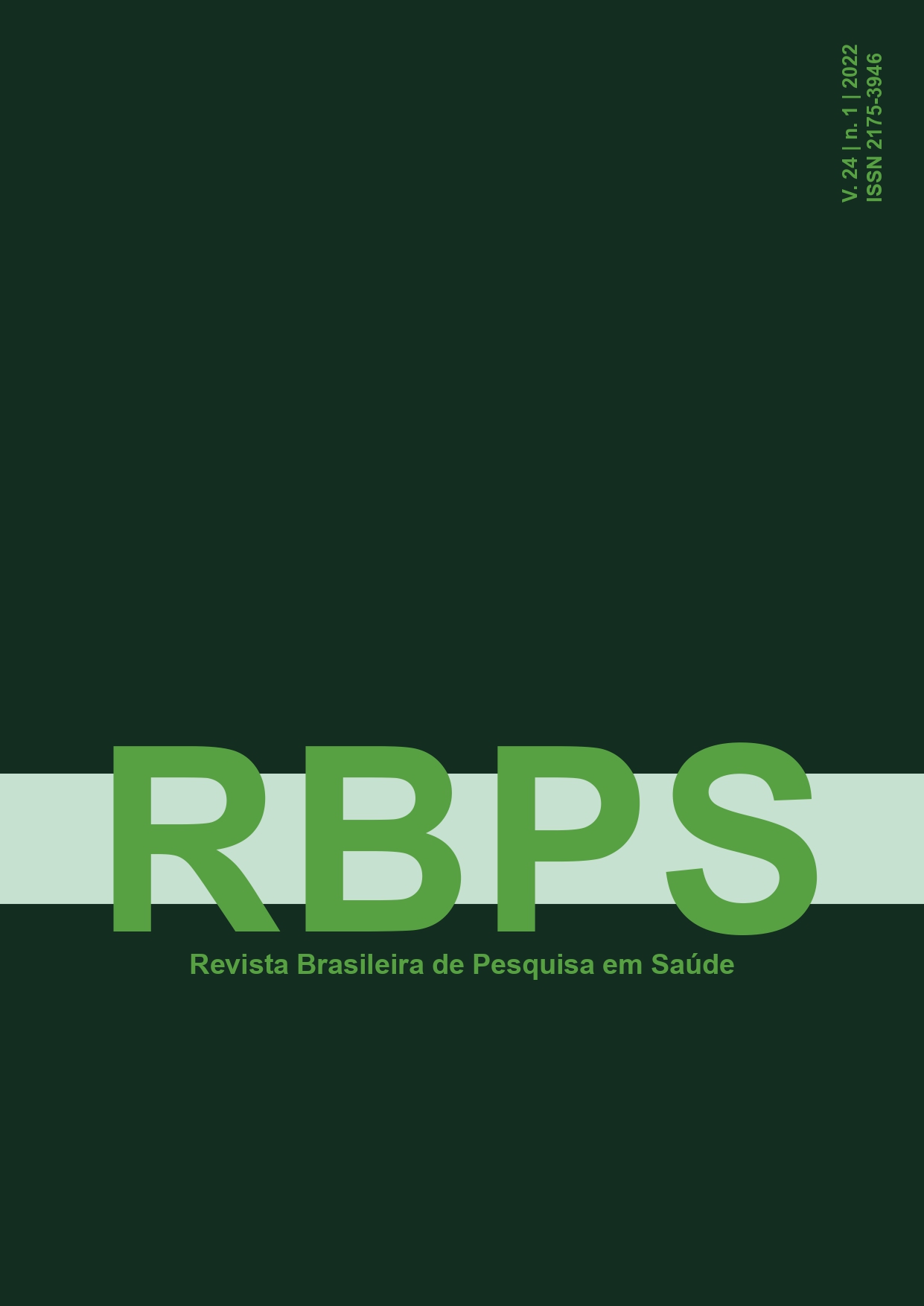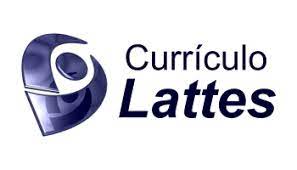Age-related histomorphometrical changes in the cerebellum of autopsied elderly individuals
DOI:
https://doi.org/10.47456/rbps.v24i1.34720Keywords:
Cerebellum, Aging, Purkinje Cells, Granulosas CellsAbstract
Introduction: The aging process occurs in all living beings; however, it is accompanied by the incidence of several histomorphometrical changes. Those age-related changes affect mainly the central nervous system (CNS) organs and above all, the Cerebellum. Objective: to analyze the density of Purkinje cells and the thickness of the granular layer of cerebellum in old and Young-adults, also made an analysis between genders. Methods: We selected 20 autopsied individuals and grouped in: (n=10) young-adults and (n=10) old-adults and anatomically remove fragments from the vermis posterior lobe (CBV) and the right posterior lobe of the cerebellum (CBL). Both fragments proceed to histological process and hematoxylin-eosin stain protocol. Subsequently, with the computational software AxionVision (Zeiss, Germany) and a light microscope, fragments were analyzed in order to obtain density of Purkinje cells and granular layer thickness (μm) by a free interactive system Image J® (National Institutes of Health, Bethesda, EUA). Results: The Old-adults group has showed a tendency of decrease on the Purkinje cells density in both analyzed areas, vermis and lateral lobe, without statistic relevance. The thickness of the granular layer has showed a significant increase on the old-age individuals in both regions. The subjects were also analyzed by gender, showing a significant decrease of the granular layer thickness in the female group on the CBV. Conclusion: The aging process leads to morphological changes in different areas of cerebellum cortex, it is seems that those age-related modifications advance different between the two genders.
Downloads
References
Nordon DG, Guimarães RR, Kozonoe DY, Mancilha VS, Neto VSD. Perda cognitiva em idosos. Rev Fac Ciênc Médicas Sorocaba. 2009;11(3):5-8.
Reuter-Lorenz PA, Jonides J, Smith EE, Hartley A, Miller A, Marshuetz C et al. Age differences in the frontal lateralization of verbal and spatial working memory revealed by PET. J Cogn Neurosci. 2000;12(1):174-87.
Seidler RD, Bernard JA, Burutolu TB, Fling BW, Gordon MT, Gwin JT et al. Motor control and aging: links to age-related brain structural, functional, and biochemical effects. Neurosci Biobehav Rev. 2010;34(5):721-33.
Paul R, Grieve SM, Chaudary B, Gordon N, Lawrence J, Cooper N et al. Relative contributions of the cerebellar vermis and prefrontal lobe volumes on cognitive function across the adult lifespan. Neurobiol Aging. 2009;30(3):457-65.
Gilerovich EG, Fedorova EA, Grigorev IP, Korzhevskii DE. Morphological bases of reorganization of the rat cerebellar cortex in senescence. Zhurnal Evoliutsionnoĭ Biokhimii Fiziol. 2015;51(5):370-6.
Rogers J, Zornetzer SF, Bloom FE, Mervis RE. Senescent microstructural changes in rat cerebellum. Brain Res. 1984;292(1):23-32.
Zhang C, Zhu Q, Hua T. Effects of ageing on dendritic arborizations, dendritic spines and somatic configurations of cerebellar purkinje cells of old cat. Pak J Zool. 2011;43(6):1191-6.
Bernard JA, Seidler RD. Moving forward: age effects on the cerebellum underlie cognitive and motor declines. Neurosci Biobehav Rev. 2014;42:193-207.
MacLullich AMJ, Edmond CL, Ferguson KJ, Wardlaw JM, Starr JM, Seckl JR et al. Size of the neocerebellar vermis is associated with cognition in healthy elderly men. Brain Cogn. 2004;56(3):344-8.
Bernard JA, Leopold DR, Calhoun VD, Mittal VA. Regional cerebellar volume and cognitive function from adolescence to late middle age. Hum Brain Mapp. 2015;36(3):1102-20.
Zhang C, Hua T, Zhu Z, Luo X. Age-related changes of structures in cerebellar cortex of cat. J Biosci. 1 mar 2006;31(1):55-60.
Larsell O. Morphogenesis and evolution of the cerebellum. Arch Neurol Psychiatry. 1934;31(2):373-95.
Aquino Favarato GKN, Silva ACS, Oliveira LF, Fonseca Ferraz ML, Teixeira PA, Cavellani CL. Skin aging in patients with acquired immunodeficiency syndrome. Ann Diagn Pathol. 2020;24:35-9.
Manni E, Petrosini L. A century of cerebellar somatotopy: a debated representation. Nat Rev Neurosci. 2004;5(3):241-9.
Bernard JA, Seidler RD. Relationships between regional cerebellar volume and sensorimotor and cognitive function in young and older Adults. The Cerebellum. 2013;12(5):721-37.
Zhang C, Zhu Q, Hua T. Aging of cerebellar Purkinje cells. Cell Tissue Res. 2010;341(3):341-7.
Sabbatini M, Barili P, Bronzetti E, Zaccheo D, Amenta F. Age-related changes of glial fibrillary acidic protein immunoreactive astrocytes in the rat cerebellar cortex. Mech Ageing Dev. 1999;108(2):165-72.
Raz N, Rodrigue KM. Differential aging of the brain: patterns, cognitive correlates and modifiers. Neurosci Biobehav Rev. 2006;30(6):730-48.
Ampatzis K, Dermon CR. Sex differences in adult cell proliferation within the zebrafish (Danio rerio) cerebellum. Eur J Neurosci. 2007;25(4):1030-40.
Oguro H, Okada K, Yamaguchi S, Kobayashi S. Sex differences in morphology of the brain stem and cerebellum with normal ageing. Neuroradiology. 1998;40(12):788-92.
Luft AR. Patterns of age-related shrinkage in cerebellum and brainstem observed in vivo using three-dimensional MRI volumetry. Cereb Cortex. 1999;9(7):712-21.
Raz N, Dupuis JH, Briggs SD, McGavran C, Acker JD. Differential effects of age and sex on the cerebellar hemispheres and the vermis: A Prospective MR Study. 1998;7.
Torvik A, Torp S, Lindboe CF. Atrophy of the cerebellar vermis in ageing a morphometric and histologic study. :12.
Raz N, Gunning-Dixon F, Head D, Williamson A, Acker JD. Age and sex differences in the cerebellum and the ventral pons: a prospective MR study of healthy adults. 2001;7.
Downloads
Published
Issue
Section
License
Copyright (c) 2022 Brazilian Journal of Health Research

This work is licensed under a Creative Commons Attribution-NonCommercial-NoDerivatives 4.0 International License.
Authors and reviewers must disclose any financial, professional, or personal conflicts of interest that could influence the results or interpretations of the work. This information will be treated confidentially and disclosed only as necessary to ensure transparency and impartiality in the publication process.
Copyright
RBPS adheres to the CC-BY-NC 4.0 license, meaning authors retain copyright of their work submitted to the journal.
- Originality Declaration: Authors must declare that their submission is original, has not been previously published, and is not under review elsewhere.
- Publication Rights: Upon submission, authors grant RBPS the exclusive right of first publication, subject to peer review.
- Additional Agreements: Authors may enter into non-exclusive agreements for the distribution of the RBPS-published version (e.g., in institutional repositories or as book chapters), provided the original authorship and publication by RBPS are acknowledged.
Authors are encouraged to share their work online (e.g., institutional repositories or personal websites) after initial publication in RBPS, with appropriate citation of authorship and original publication.
Under the CC-BY-NC 4.0 license, readers have the rights to:
- Share: Copy and redistribute the material in any medium or format.
- Adapt: Remix, transform, and build upon the material.
These rights cannot be revoked, provided the following terms are met:
- Attribution: Proper credit must be given, a link to the license provided, and any changes clearly indicated.
- Non-Commercial: The material cannot be used for commercial purposes.
- No Additional Restrictions: No legal or technological measures may be applied to restrict others from doing anything the license permits.

























